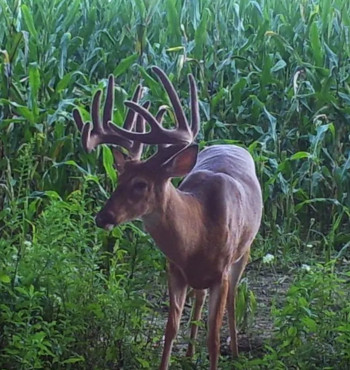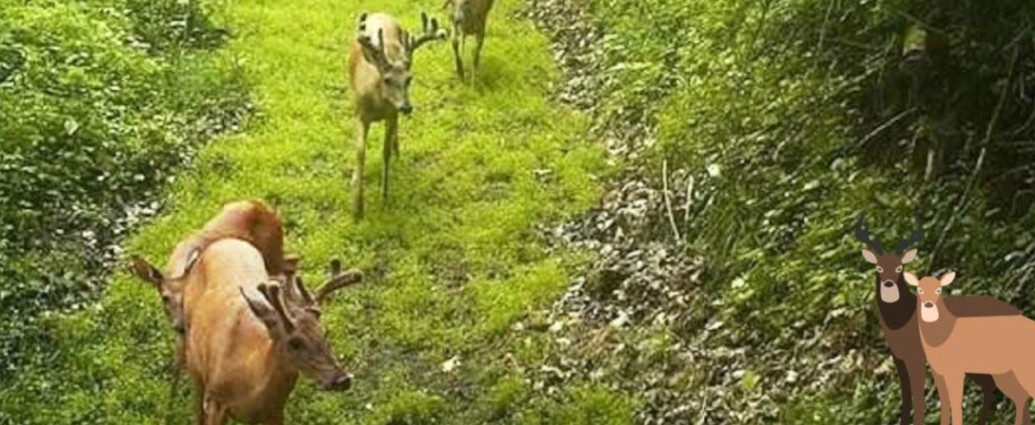The most successful hunters I know are good listeners who observe and absorb.
They spend as much time as they can hunting, but they also pay attention to what is working for their friends and other avid deer enthusiasts. They read articles, online posts and whatever they can find, and they watch videos.
Some of them also hire consultants in order to focus on key issues and to tap into experts on that subject. They know they can pack a lot of information gathering into a much shorter time frame and learn exactly what they want to know right away.
I recently met one of those consultants who teamed up with Dan Small, host of “Deer Hunt Wisconsin” annual TV specials, to share tips about proper stand location, but I was intrigued also by his tips for creating trophy buck sanctuaries as he helped others learn the outdoors.
With clients that keep him on the road across the Midwest, Michael Murphy of Whitetail Sanctuary Solutions, LLC is a retired professi onal civil engineer with more than 33 years of experience in designing and building thousands of projects. He is also a lifelong deer hunter who knows how to attract and hold deer, especially trophy bucks, on properties that range from 40 acres to hundreds of acres.
onal civil engineer with more than 33 years of experience in designing and building thousands of projects. He is also a lifelong deer hunter who knows how to attract and hold deer, especially trophy bucks, on properties that range from 40 acres to hundreds of acres.
Based in Dousman, Wisconsin, he said you don’t need hundreds of acres of hunting land to build your own whitetail sanctuary.
“Mature bucks respond to human pressure very quickly,” he said, “so hunting smarter is the key to harvesting trophy bucks.”
The “Deer Hunt Wisconsin” TV sponsor and expert guest shared these tips:
Do not always walk to your stands at the exact same time every time you hunt. Trophy bucks will start to pattern you.
Do not hunt a stand more than twice per week. Limit your time at each stand, or a great stand will quickly turn into a poor stand. They will know you are there.
Be scent aware. Anytime you enter the property you should treat it as a hunting trip. Also pay attention to winds and choose your stand accordingly.
A great stand will only remain a great stand if you move that stand at least 30 yards every three years. Deer will go 60 to 100 yards out of their way to avoid these areas.
Even 40 acres of land, if properly managed, can attract and retain three or more mature bucks.
You need big healthy does as well as big mature bucks to develop your herd into trophy status.
A ¼-acre pond can serve an entire deer herd.
A deer’s sense of smell is 10 times that of a human’s. The epithelium lining in the nasal passage of a deer is very sensitive and increases in attracting scent molecules when moistened. This is why you often see deer licking their noses when they sense danger.
Pay attention to not only prevailing winds but thermals as well and to what is happening at your stand.
You are educating deer every time you enter their living room (the woods), so smell, sight, and sound do make a difference.
Bucks becoming nocturnal is almost always due to human pressure.
Decent size bedding areas can hold both bucks and does, but a small bedding area will not, except during the rut.
If you are hunting bedding areas, you need to be there two hours before daylight.
Dropping temperatures (10 to 15 degrees) can result in increased deer activity.
You can use straight doe urine, but not in estrus, as cover scent.
Rake trails on rainy days to keep noise down, which also eliminates those crunchy loud leaves on a cold morning walking to your stand.
By Pat Scuzzin


